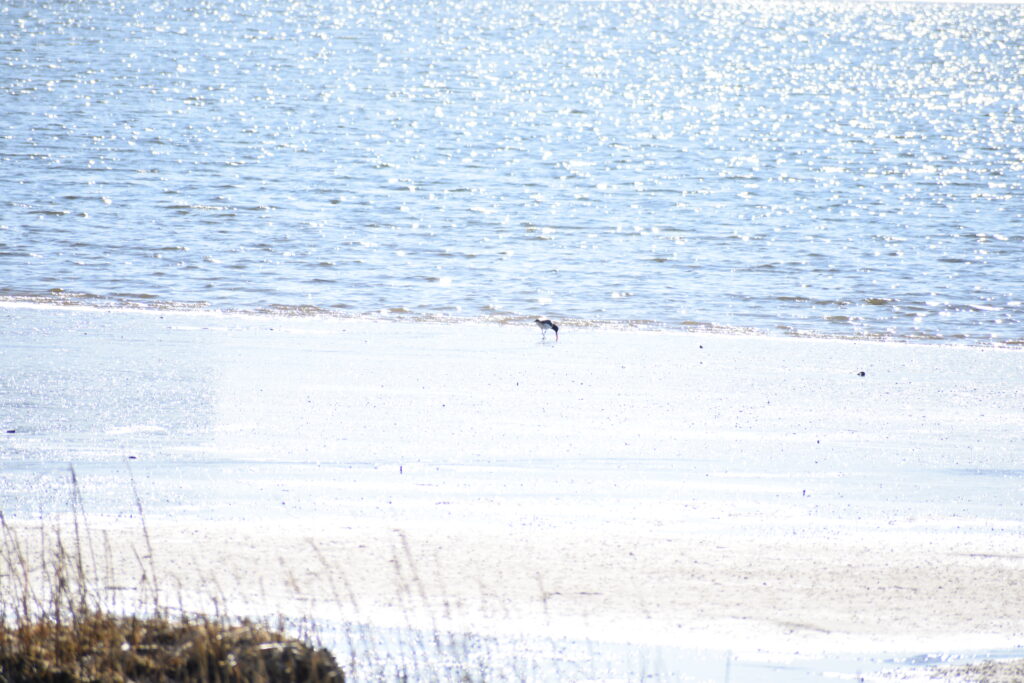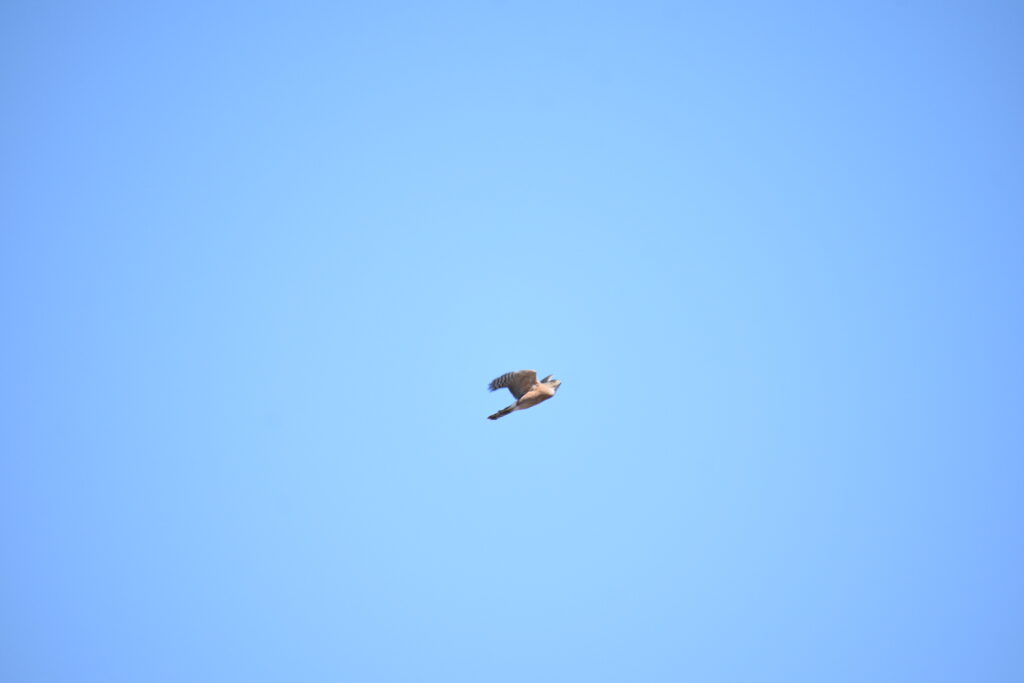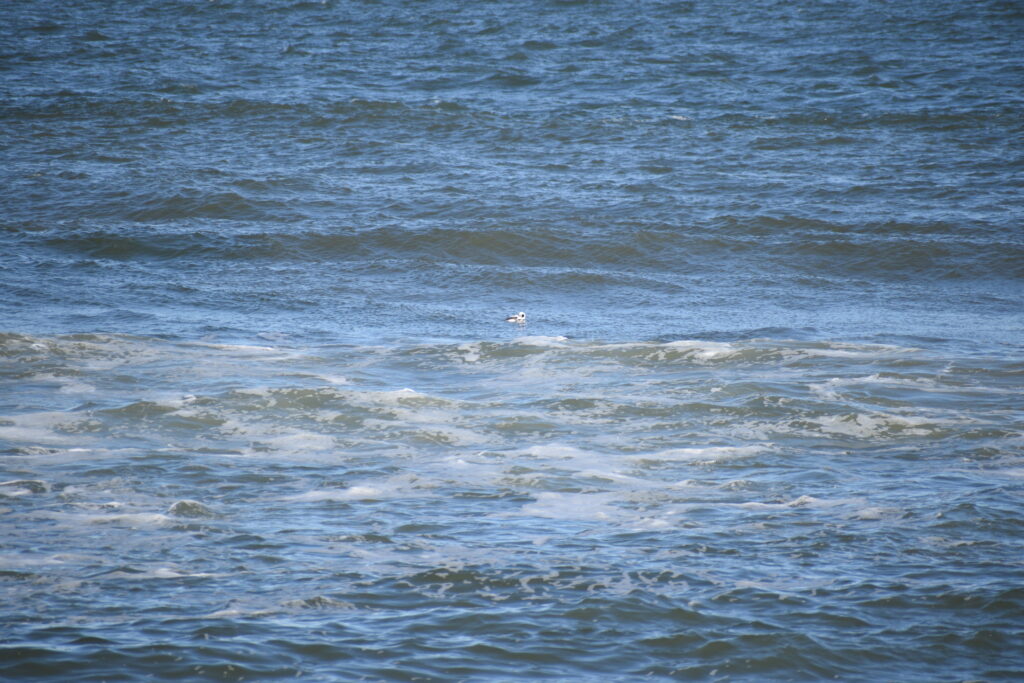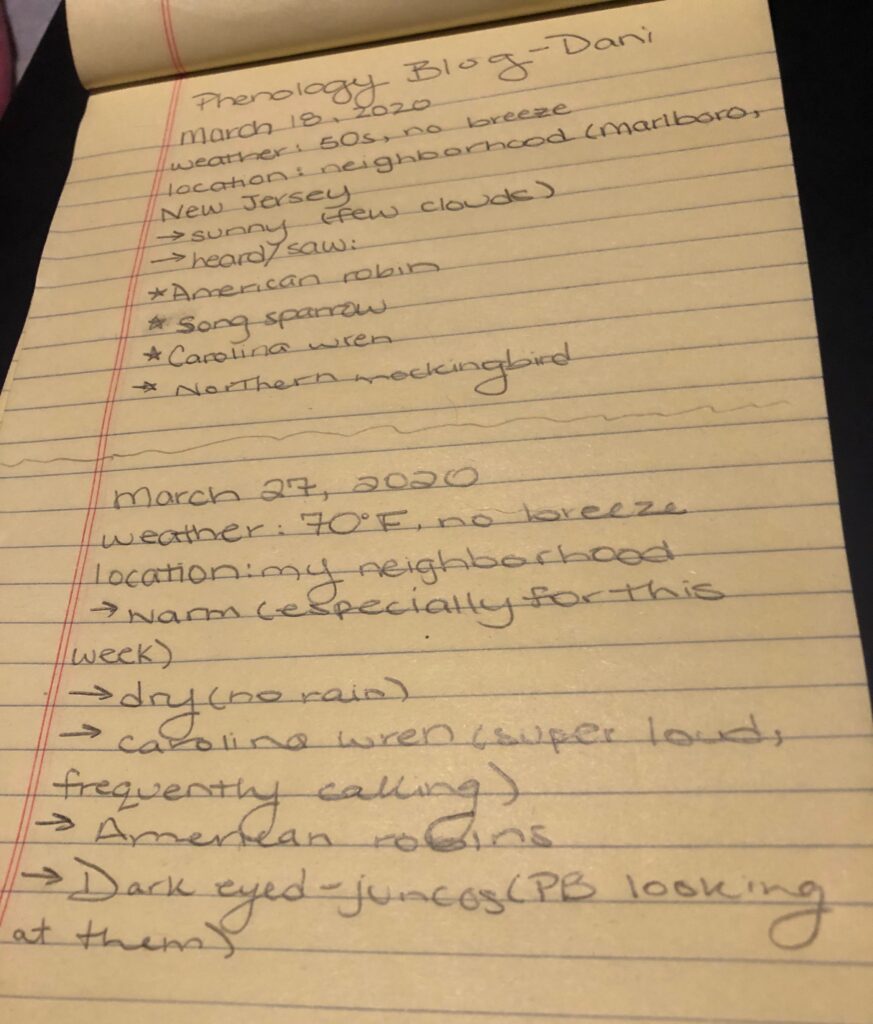*Location Change*: Unfortunately, due to COVID-19, I am no longer in Vermont and able to reflect on the seasonal changes to the Redstone Pines.
A lot has been occurring these past few weeks with COVID-19, however two weeks ago, before New Jersey had a stay-in-place policy, I was able to go to Sandy Hook, a sand spit and national recreational area. The weather was warm, mid-50s (°F), and a cool breeze coming off the Atlantic Ocean (the Sandy Hook Bay on the opposite side of the sand spit). There were few people, as the area tends to be crowded only in the summer. The breeze was not strong enough to sway the vegetation much, just causing slight movements. I am pretty new to birding, but I went with my friend who helped me to identify some of the birds we saw that day.
We documented the following birds:
- (?) Northern Gannets
- (?) Turkey Vultures
- (2) House Finch
- (279) Brant
- (7) Red-breasted Merganser
- (1) Horned Grebe
- (7) Ring-billed Gull
- (51) Herring Gull
- (8) Great Black-backed Gull
- (2) American Robin
- (8) Song Sparrow
- (23) Canada Goose
- (54) American Black Duck
- (1) Greater Scaup
- (18) Bufflehead
- (1) Common Merganser
- (1) American Oystercatcher
- (15) Black-bellied Plover
- (1) Great Blue Heron
- (1) Cooper’s Hawk
- (3) Common Raven
- (5) Common Grackle
- (1) Surf Scoter
- (5) White-winged Scoter
- (8) Black Scoter
- (11) Long-tailed Duck




Later that day, I got back to my neighborhood. The weather was the same near my house, warm but without a breeze. I noticed a few birds near my house (but did not count how many of each): song sparrows, house finches, northern mockingbirds, American robins, and (some very chatty) Carolina wrens. The rest of the week was similarly nice (50s) temperature, some cloudy days, and barely any rain.
Last week, I went to walk my dog almost everyday (because of the stay-in-place policy this was the most outdoors my family felt comfortable with me doing) in my neighborhood. This past week was quite dreary: cloudy skies, rain, and general fear (with current NJ cases at over 18,000, I don’t blame everyone). I specifically took note last Friday when the weather got nicer. The temperature was around 70°F and there was almost no wind. This was unusual for the week, as the weather stayed in the 50s and was pretty windy. I could hear and see song sparrows, American robins, dark-eyed juncos, and (still very chatty) Carolina wrens. The dark-eyed juncos were hopping around near my house, catching the attention of my cat (who stays inside).
The past two weeks, the temperature has stayed about the same (within the 50s and 60s) with last Friday acting as a refreshing outlier. Last week, the wind was more intense (likely because of the storms). The same type of birds have been seen in my neighborhood the last two weeks, though l have seen less birds this last week with all the rain.

References
Dani Berger. (2020). March Phenology Notes.
Jacob Crawford. (2020). American Oystercatcher I.
Jacob Crawford. (2020). Black Scoter.
Jacob Crawford. (2020). Cooper’s Hawk.
Jacob Crawford. (2020). Long-tailed Duck II.
